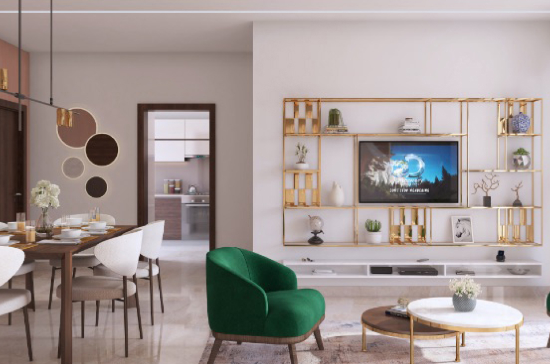Target the right stage for your next real estate purchase
In today’s time, purchasing property involves careful consideration and strategic planning to secure a property that suits one’s criteria.
One of the key considerations factored in by potential buyers is the project’s construction stage.
Each real estate project starts with a pre-launch phase marked by the project proposal’s announcement. During this phase, builders offer attractive price discounts on their projects to attract homebuyers and investors.
The key factor that motivates real estate buyers to opt for pre-launched homes is the affordability and consequent high return on investment offered for pre-launched projects.
Let’s explore some of the key benefits of purchasing properties in the pre-launch phase:
- Availing early bird pricing: Choosing a property in the pre-launch stage enables one to get a first-mover advantage. Developers offer attractive early bird prices for buyers motivating them to invest in new projects.
- Staying ahead of the demand curve: Once a project has been launched, its demand in the market starts increasing with potential buyers expressing interest in owning a stake in such projects. Here, making the right strategic investment during a pre-launch phase helps avoid rising project costs later on.
- Flexibility to choose prime units: While purchasing a home, the choice of preferred unit becomes a crucial factor for buyers and sellers. Buyers prefer closing in on the best units that offer amenities like the best view, floor plan or flat location within the project before closing in on a deal. Similarly, sellers are looking to negotiate the best price with the buyers based on the amenities being offered for the property of their choice. Being an early buyer offers you the flexibility to choose the unit that aligns with your requirements.
- Potential for high return on investment (ROI): In real estate, the value of a project increases as the construction of the property advances. A property’s rate could increase anywhere between 10% — 40% as the construction finishes. As the area surrounding the property also develops, its value appreciates due to the development changes that attract investors and residents looking for a premium property. Properties developing in highly coveted areas are sought after even as an investment opportunity by buyers looking to rent out the space in the future.
- Flexibility and adaptability: Purchasing a property in its pre-launch phase offers immense flexibility in terms of payment methods like EMI, and modifications such as additions in design, interiors and furnishings.
A strategic planning process can help you make the right purchase decision based on the stage of project development that you are looking to target.
Joyville Homes under Shapoorji Pallonji Real Estate has 2 new real estate projects: Joyville Celestia and Joyville Sky-Luxe Edition which offer world-class facilities and amenities ₹71.90 lakh and ₹1.5 crore respectively.
Visit https://www.joyvillehomes.com/ for more information.





